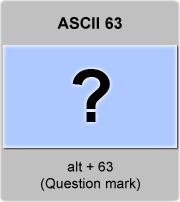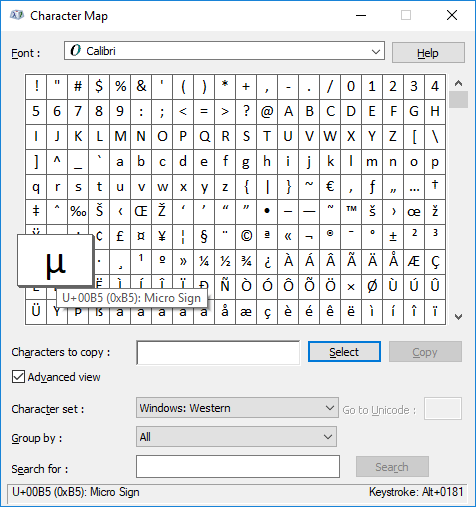

To someone who doesn’t have this font (I don’t), they still look like what they are, i.e. You don’t need Alt codes with it, just type the letters ‘f’, ‘F’ or ‘j’ and you will get… an ‘f’, ‘F’ or ‘j’, but they will LOOK like ‘Φ’, ‘φ’ or ‘ϕ’ respectively. On Windows: Alt-0+decimal-code, on Ubuntu: Ctrl-Shift-U + hex-code + space.ĥ) The Unicode code points for phi (dec/hex) are: Φ: 934/3A6, φ: 966/3C6, ϕ: 981/3D5.Ħ) The Symbol font is a dirty pre-Unicode kludge where (semantically) Latin characters are given the APPEARANCE of Greek (or other) characters. Ah, BTW, 1000 = 232 (mod 256), that’s why Alt-1000 works like Alt-232.Ĥ) Modern operating systems are based on Unicode, and have thus many thousands of characters available, and means to input them, if not the fonts to display them. The Alt trick is a compatibility feature designed to access characters by their code point in this legacy code page.

It was, however, available in the old code page 437 of the original IBM-PC, at positions 232 (upper case) and 237 (lower case). It is however available in both the ISO-8859-1 and Windows-1252 character sets, at positions 216 (upper case) and 248 (lower case).ģ) Phi (Φ) is not available in those character sets, and thus cannot be input on old Windows systems based on Windows-1252. Running a character check on Phiġ) In mathematics, it is common practice to write variables in italics, and thus to have a slanted φ (or ϕ), although nowhere as slanted as an ø.Ģ) The stroked O (Ø) is NOT an ASCII character. Note: Alt-618 means hold down the Alt key, enter 618 on the numeric pad and then release.

Greek question mark alt code windows 10 Pc#
On a PC using Symbol font, you can generate a phi symbol in the following ways:Īppropriately enough, a lower case phi, or 0.618, and the reciprocal of Phi, 1.618, can be created with Alt-618: j Symbol font and Phi: Alt-618 gives … j, which is phi, 0.618! Letting Φgønes be ΦgønesĪnd while change is always bound to cause some dispute, in the end it’s better to let Φgønes be Φgønes. Scroll down to find the phi symbol, click on select, then copy and paste it into your application. To open Character Map, click Start, point to All Programs, point to Accessories, point to System Tools, and then click Character Map. If your PC doesn’t have the necessary character sets installed to do this, you can use Windows’s Character Map program. All you have to do is hold the Alt key and then enter 1000 on the number pad. Now that extended character sets are available on most PC’s and in most browsers, it’s possible once again to let Phi be Phi. Type a real Φ on your keyboard with Alt-1000 As a result, Ø has been masquerading as Φ since the early days of computer usage. The only basic ASCII character that comes close in appearance to Phi Φ is the letter O with a stroke through it, or Ø. The simple truth is that the basic Western character set on computers does not include a character for the Greek letter phi.

Is Phi no longer the upright character it once was? Has Phi become an empty shell of its former self? (A little set humor for you mathematicians.) Is Phi leaning to the right in its political orientation? To keep Phi from suffering from an “identity” crisis (a little more math humor), here’s an explanation of what’s going and what you can do to be sure that Phi remains in good standing. When you see Phi on a web site, it often looks like this: When you see the Greek letter Phi on a fraternity or sorority house, it usually looks like this: In the texts of ancient Greece, the letter phi looked like this:


 0 kommentar(er)
0 kommentar(er)
